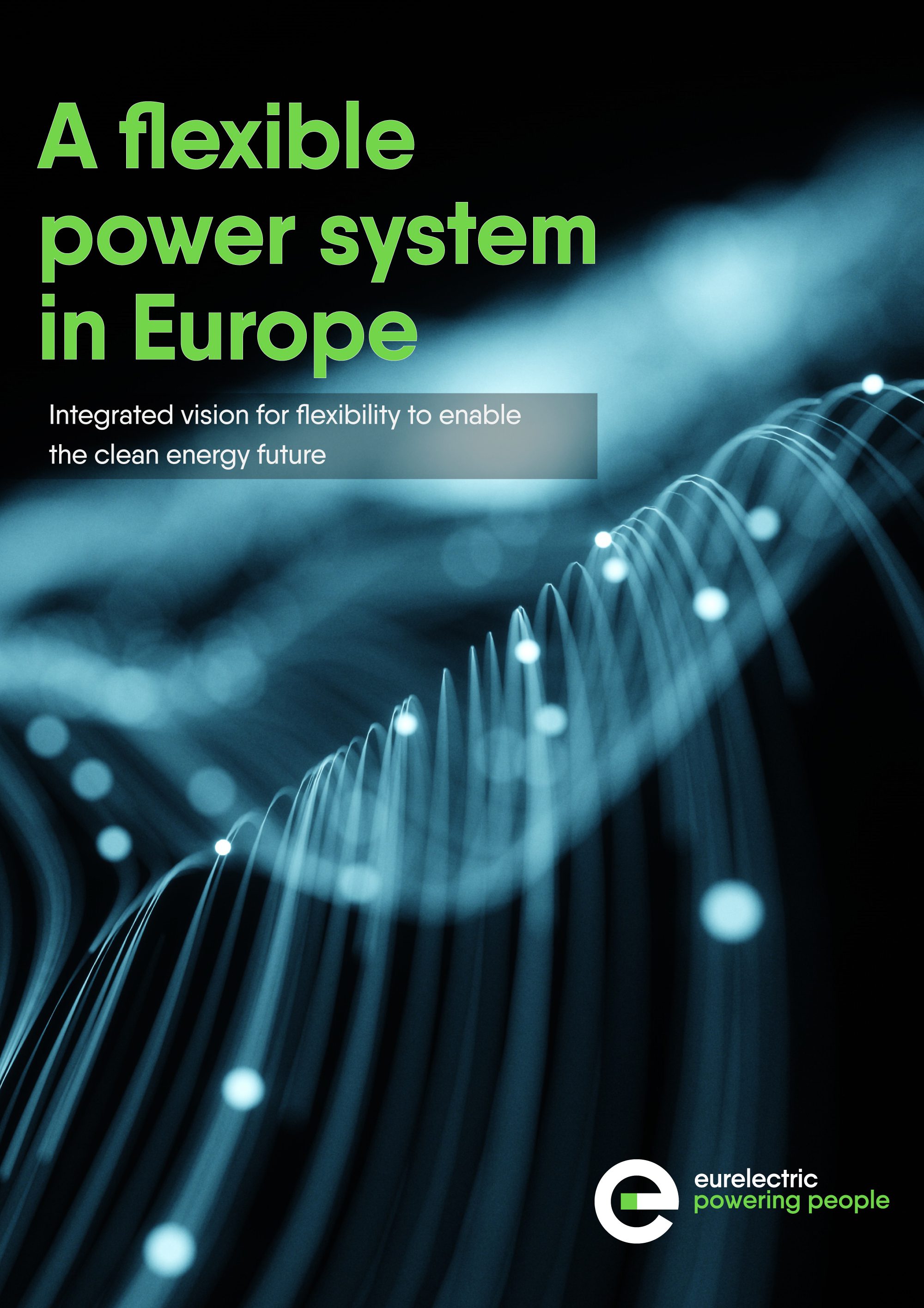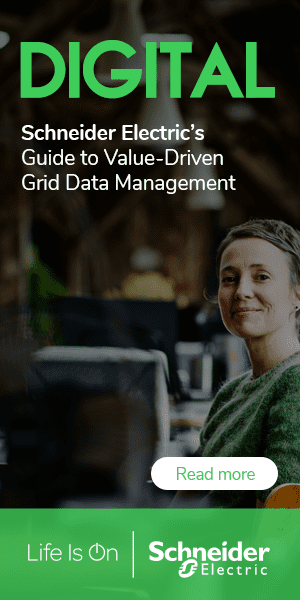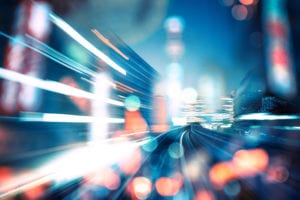80% of global CO2 emissions are due to the production and consumption of energy
Climate change is primarily an energy challenge. Today 80% of global CO2 emissions are due to energy production and consumption. In 2019, power generation accounted for nearly 45% of those emissions, while demand-side emissions corresponded to 55% of the total. We can still limit global heating to 1.5°C, but that’s only possible if we remove 10 gigatons of CO2 every single year until 2030. How much is 10 gigatons? It’s about twice the amount of energy-related CO2 the United States emitted in 2019.
Electric distribution utilities are the enablers of successful energy transition
Since there is no time to waste, where should we focus? The clear answer is on electricity. Electricity is the only energy that can be decarbonized. It can be produced sustainably and powered by renewables. It can also be flexible, which is a huge advantage when integrating renewables into the grid and can be used and produced locally, which cuts transmission and distribution losses.
We know that DSOs, or electric distribution utilities, have a starring role in the move to a more electric world because they’re the enablers of a successful energy transition. That’s because the data-driven grid overhaul is what unlocks the prosumer revolutions that will decarbonize our economy and society. Not just the grid itself but everything the grid feeds, including buildings, industries, and mobility.
To discuss this subject, I was pleased to connect with Kristian Ruby, Secretary General of Eurelectric, a federation that represents the power sector in over 32 countries, about the future of electricity and how DSOs can build sustainable grids.
According to Kristian, Eurelectric is calling the next ten years the “electric decade,” and it will be the “decade of DSOs.” A low-carbon future powered by a reliable supply of renewable electricity is the outcome everyone wants – including consumers, industrial users, regulators, and prosumers. But it all hinges on the regulatory decisions needed to encourage grid investments in digital as well as traditional grid reinforcement.
DSOs will continue taking the lead by focusing on these 3 areas
Kristian shared with me three things DSOs should focus on simultaneously to lead the transition to a net-zero future:
- Connect more renewables to the distribution grid: To meet renewable targets, such as Fit for 55, most distribution grids need to add renewable capacity. Over 500 GW of renewable energy will be added by 2030 in the EU27 + UK and around 70 percent will be connected to distribution grids.
- Drive more electrification in transportation, heating, and cooling: Electrification is accelerating in all industries. For example, EV adoption is growing quickly and building electrification, such as electric heat pumps, is on the rise. DSOs need to be able to accommodate and even encourage this rapid increase in electrification.
- Engage with new energy stakeholders: 40 GW of this new grid capacity will be represented by self-consumption or the equivalent of about 160 million solar panels. The rise of self-consumption by prosumers, who both produce and consume energy, also provides demand-side flexibility to DSOs.
Digitalization supports these priorities through data capture and interpretation
Kristian and I agree that an electric future for all stakeholders depends on the digital side of the energy equation. We know that by using the right combination of software and hardware that captures, interprets, and acts on energy data it is possible to use energy only when we need it. These technology solutions eliminate energy waste by improving flexibility and maximizing energy usage in processes, which allows for better use of renewables in the network.

Kristian shared a recent experience that illustrated the value of digital technology. Due to Covid restrictions, he lived at his home in Copenhagen for much of 2020, rather than in his Brussels apartment. Despite not being there, his energy bill in Brussels remained the same. Why? Because the utility used a traditional meter and had only one data point per year, which didn’t reflect the energy used in an empty apartment. To rectify this, Kristian needed to take additional steps of contacting the company to resolve the issue, as did the utility because they need to send someone to recheck the meter for his actual energy usage. This could have been avoided if the utility used digital technologies, like smart meters.
Industries and prosumers use digital technology to reduce their emissions
It’s not only the grid that benefits from digital. The same is true for grid users, including industries and prosumers. For example, everyday businesses can cut their carbon footprint by 50% by deploying digitized energy management and automation. And if we look specifically at the automotive industry, for example, they can avoid twenty-six billion metric tons of CO2 emissions by digitizing electricity and logistics.
Prosumers are also major actors in the energy equation – moving into the role of active participants who leverage digital technology to take direct control of their energy sustainability, reliability, and costs. I see this trend continuing. The market for solar panels is still booming worldwide and energy production is increasing. In the EU, for example, 27 countries generated close to 39 terawatt hours (TWh) during June and July, almost 4 times as much as in 2018.
Take 3 examples of how digital technologies impact grid management
Kristian and I discussed three examples from our domains that show the full impact of digital technologies.
The first example I shared is about Coreso. Coreso supports reliable energy transmission for the European electricity supply for more than half of the EU’s population. It uses digital technologies to aggregate data from many different European transmission system operators (TSOs), then analyzes those data to build a real-time view of the transmission across the continent.
Using digital technologies, Coreso can analyze a much bigger picture than any TSO can see individually. This visibility helps Coreso advise the TSO community of potential problems before they become serious, supporting the TSOs to coordinate corrective actions each TSO can make on their own network. Of course this affects the rest of the value chain, including distribution, because transmission is key for good balance between demand and supply.
Unareti, an Italian utility, is another good example of how connected digital technology, combined with advanced distribution management systems (ADMS), can transform a grid. Unareti is able to use the technology to integrate more renewables into its grid and reduce interruption time. It also uses the data from connected products to feed smart software systems, which has driven big improvements in sustainability, reliability, performance, and safety.
Kristian shared how certain Eurelectric members come together to digitalize electricity. Enera, a 31-company consortium project in Germany, is using a digital solution for handling the consortium’s energy systems. It’s a local flexibility market that allows for optimization at a local level by letting grid operators procure flexible active power. For example, in Northern Germany, wind farms generate around 2.5 times more renewable energy than is needed for local consumption. By using flexible systems, they can avoid curtailment and prevent grid congestion across all voltage levels.
Listen to our full discussion to learn more about how digital grids unlock net zero





